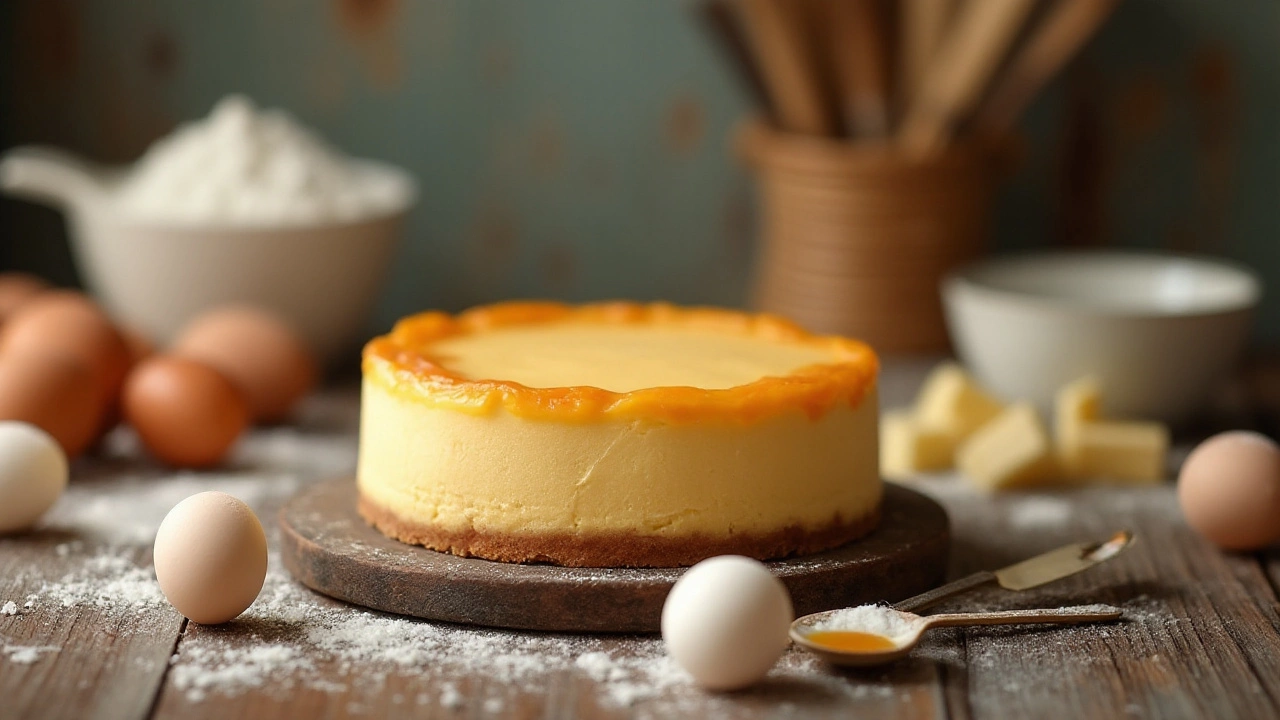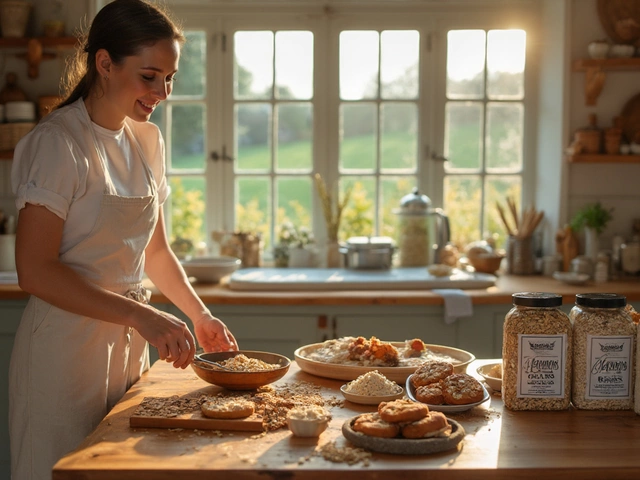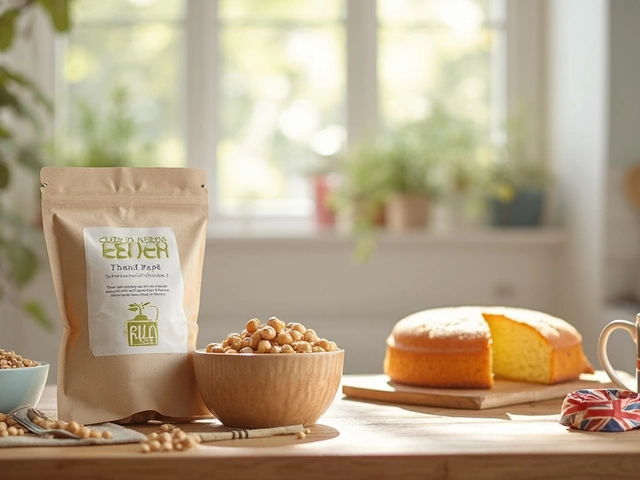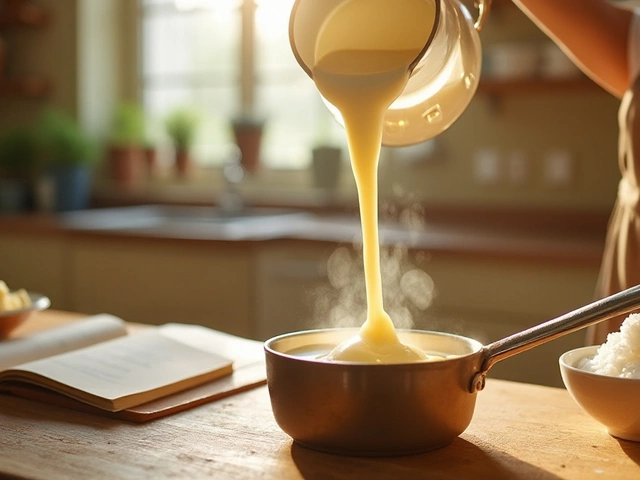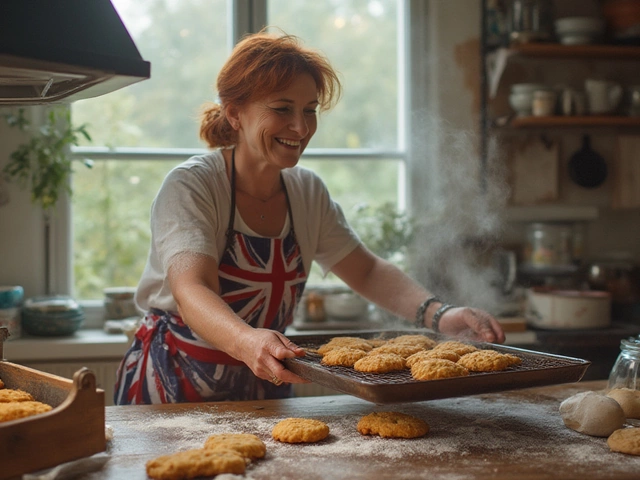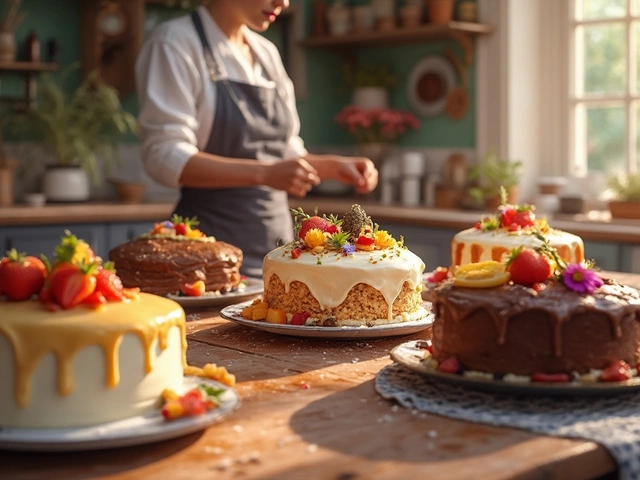How to Make the Perfect Cheesecake Every Time
Cheesecake can look intimidating, but the secret is way simpler than most people think. It’s just a mix of cream cheese, sugar, eggs, and a good crust, baked gently and cooled slowly. Follow these practical steps and you’ll have a silky, crack‑free slice that looks bakery‑ready without the stress.
Crust Basics
Start with a sturdy base. Graham crackers are classic, but you can swap in Oreo crumbs, ginger snaps, or even toasted nuts for extra flavor. Mix 1½ cups of crumbs with ¼ cup melted butter and a tablespoon of sugar. Press the mixture firmly into the bottom of a 9‑inch springform pan, making sure the edges are tight. No need to over‑mix; just enough to hold together when you push it with the back of a spoon.
If you like a taller crust, add a thin layer of the mixture on the sides before you pour the filling. This not only looks nice but also helps keep the sides from cracking during baking. Chill the pan for 10 minutes after pressing the crust – it firms up and makes the filling easier to spread.
Baking & Finishing Tips
Use room‑temperature ingredients. Cold cream cheese will stay clumpy and can create air bubbles that turn into cracks. Let the cheese, eggs, and sour cream sit out for about 30 minutes before mixing. Blend the cream cheese and sugar until smooth, then add the eggs one at a time. Mix just until combined; over‑mixing introduces too much air.
Water bath is your best friend. Wrap the bottom of the springform pan in foil to keep water out, then place the pan in a larger roasting pan. Fill the outer pan with hot water until it reaches halfway up the cheesecake. The gentle steam keeps the temperature even and prevents the top from drying out.
Set the oven to 325°F (160°C) and bake for 45‑55 minutes. The center should still jiggle slightly when you shake the pan – it will firm up as it cools. Turn off the oven, crack the door open, and let the cheesecake sit for another hour. This slow cooling reduces the risk of cracking.
After it’s cooled to room temperature, refrigerate for at least 4 hours, preferably overnight. The chilling time lets flavors meld and the texture become dense and creamy. When you’re ready to serve, run a thin knife around the edge, then release the springform latch.
Top it how you like. Fresh berries, caramel drizzle, chocolate ganache, or a simple dusting of powdered sugar all work. If you’re adding fruit, toss it in a little sugar and cornstarch, then warm briefly so the sauce thickens and doesn’t make the crust soggy.
Common problems? Cracks often come from too‑high heat or rapid cooling. If you see a crack, smooth it with a layer of whipped cream or fruit sauce – it looks intentional. Runny centers mean you under‑baked; the water bath and gentle shake test help you gauge doneness.
Now you’ve got a solid plan for a perfect cheesecake: sturdy crust, smooth filling, gentle bake, and patient cooling. Grab your ingredients, follow the steps, and enjoy a slice that tastes as good as it looks. Happy baking!
